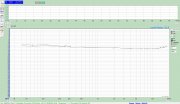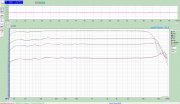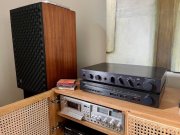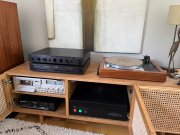vince666
Chief Journeyman
Glad to know that the posts happen to be useful in a way or another.
That's actually the most important reason to post some information.
PS: still need to complete my own thread about my own modified AIWA AD-F880 with amorphous heads, after I put together all the detailed data regarding the modifies I've applied, which is still only written on paper.... i mean this thread, which might be useful in general, regardless if you're working on the exact same model or not:
https://forums.phxaudiotape.com/thr...-heavily-modified-version-of-this-deck.11201/
That's actually the most important reason to post some information.
PS: still need to complete my own thread about my own modified AIWA AD-F880 with amorphous heads, after I put together all the detailed data regarding the modifies I've applied, which is still only written on paper.... i mean this thread, which might be useful in general, regardless if you're working on the exact same model or not:
https://forums.phxaudiotape.com/thr...-heavily-modified-version-of-this-deck.11201/





